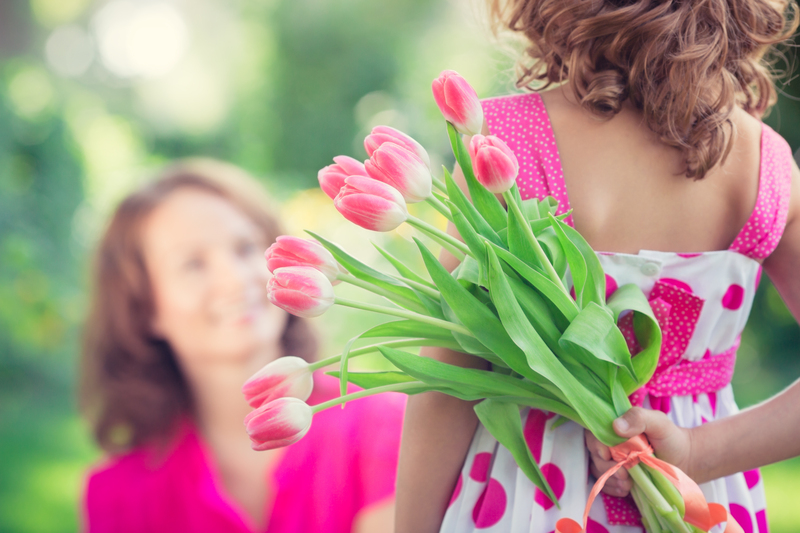Meaning behind March birth blossoms
Posted on 29/10/2024
The Beauty of Daffodils
Daffodils, also known as Narcissus, are the quintessential March birth flower. With their bright yellow petals, they symbolize new beginnings, rebirth, and the arrival of spring. This symbolism is connected to the myth of Narcissus, who fell in love with his own reflection, reflecting the themes of self-awareness and inner beauty.

The Magnificence of Jonquils
Jonquils, a type of daffodil, are also associated with March. Unlike their yellow counterparts, jonquils often come in creamy white and yellow shades and have a stronger fragrance. They symbolize desire, sympathy, and affection, making them a perfect gift for someone you deeply care about.
The Fragility of Cherry Blossoms
Cherry blossoms, though famous in Japan, also bloom in March in various parts of the world. These delicate flowers symbolize the transient nature of life, emphasizing beauty in impermanence. They serve as a reminder to appreciate the present moment and to cherish every fleeting beauty.
Symbolism Behind March Birth Blossoms
The flowers that bloom in March often carry messages of hope, renewal, and rebirth. After the long winter months, these blossoms signify the earth coming to life again. They inspire hope and promise of brighter days ahead, making them deeply significant in various cultures and traditions.
How to Care for March Birth Blossoms
- Daffodils: These flowers thrive in well-drained soil and require plenty of sunlight. Water them regularly but avoid overwatering.
- Jonquils: Similar to daffodils, jonquils need full sun to partial shade and well-drained soil. Ensure they have enough space to grow.
- Cherry Blossoms: Cherry trees prefer full sun and moist, well-drained soil. Prune them regularly to encourage healthy growth.
Pros and Cons of March Birth Blossoms
Pros:
- Symbolic Value: These flowers carry deep meanings and are perfect for conveying messages of hope and renewal.
- Aesthetic Appeal: March birth blossoms are visually stunning and add beauty to any garden or floral arrangement.
- Seasonal Charm: They herald the arrival of spring, bringing joy and freshness after winter.
Cons:
- Short Bloom Period: Many of these flowers have a relatively short blooming season, requiring timely appreciation.
- Maintenance: Some, like cherry blossoms, require specific care and regular maintenance to thrive.
- Sensitivity: They can be sensitive to climate changes and may not adapt well to all environments.
Tips for Maximizing the Beauty of March Birth Blossoms
- Plant in Groups: Whether daffodils or jonquils, planting these flowers in clusters enhances their visual impact.
- Regular Pruning: For cherry blossom trees, regular pruning ensures healthy growth and abundant flowering.
- Right Conditions: Ensure you plant them in the right soil type and environment to promote optimal growth.
- Use Fertilizers: Provide appropriate fertilizers to give your flowers the nutrients they need to flourish.

Takeaways
March birth blossoms, including daffodils, jonquils, and cherry blossoms, are more than just beautiful flowers. They carry significant meanings associated with renewal, hope, and the essence of life itself. Understanding and appreciating these blossoms can add depth to your garden and floral gifts while offering profound messages to recipients.
Conclusion
The March birth blossoms bring with them the promise of spring and new beginnings. Their vibrant colors and deep symbolism make them a cherished part of the landscape and a meaningful gift. By taking care of these flowers, you can enjoy their beauty and the messages they convey, brightening your environment and soul.









